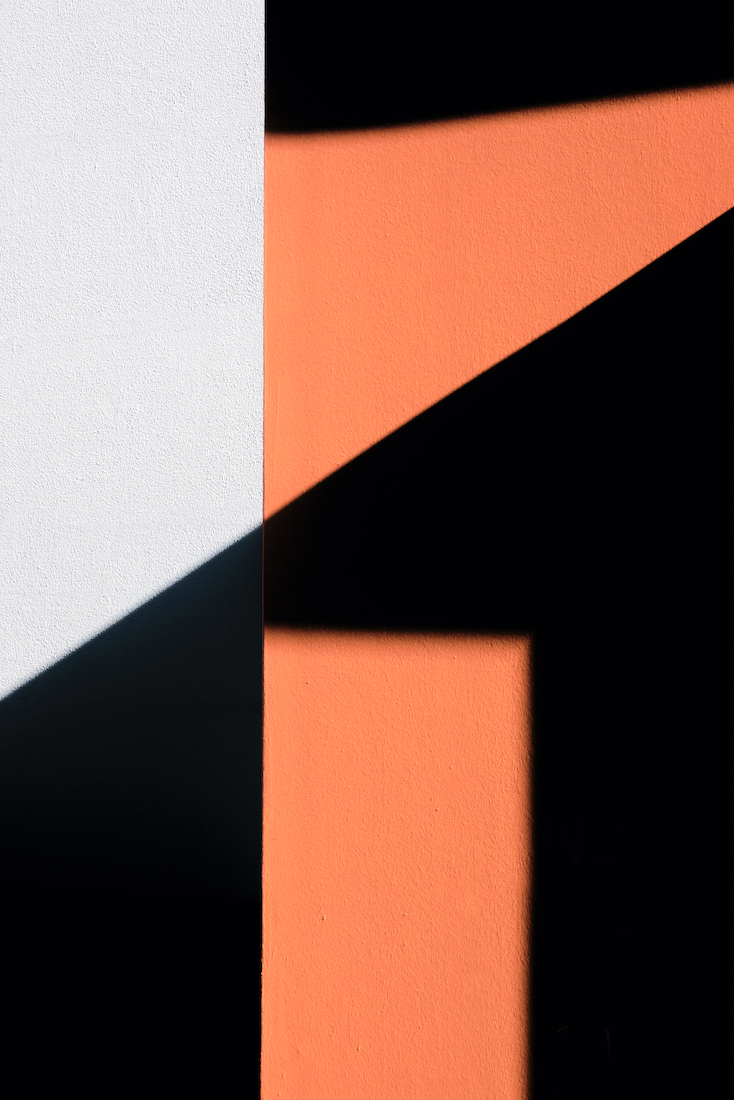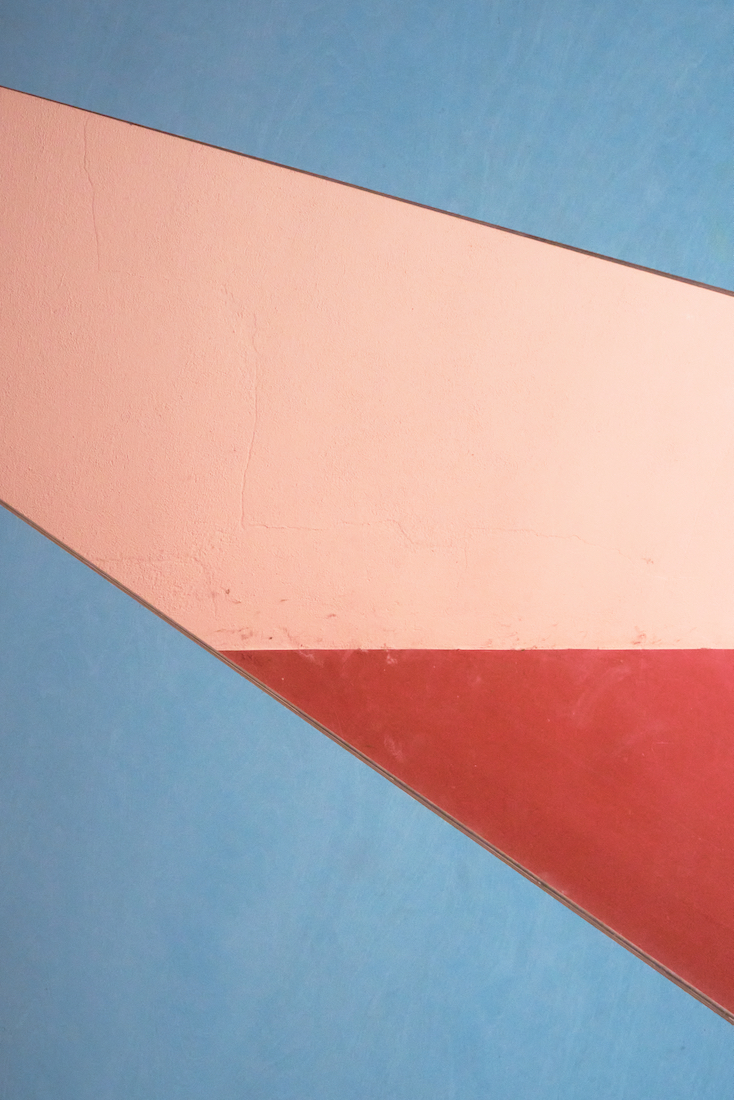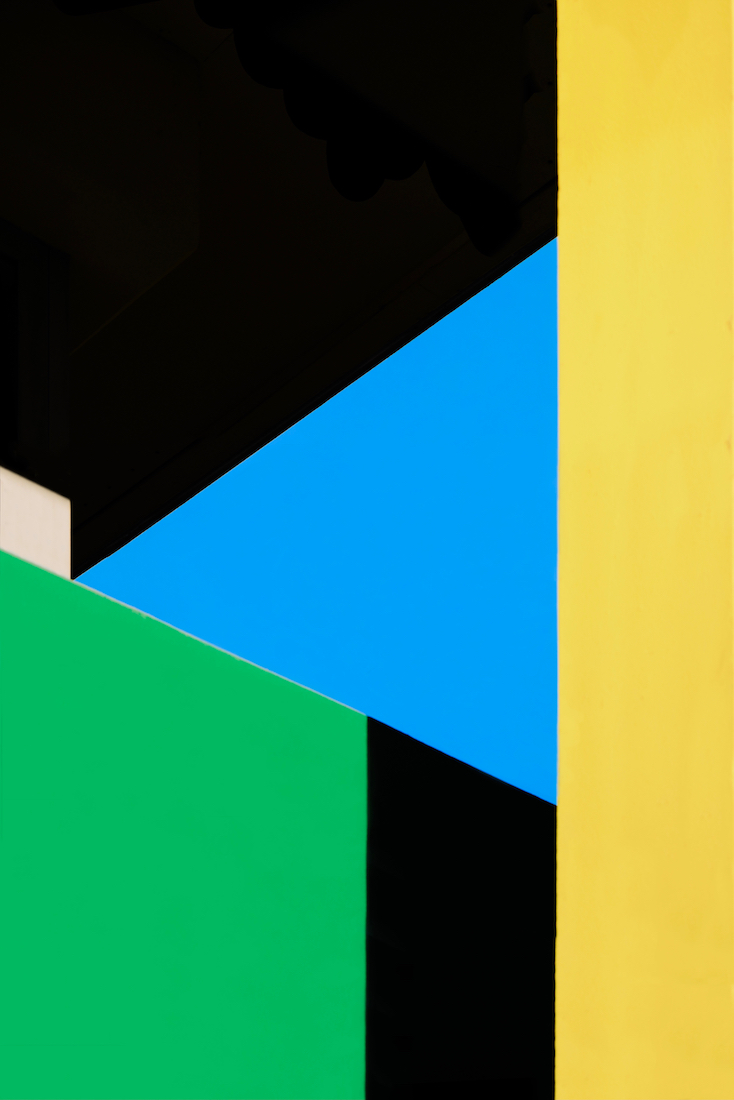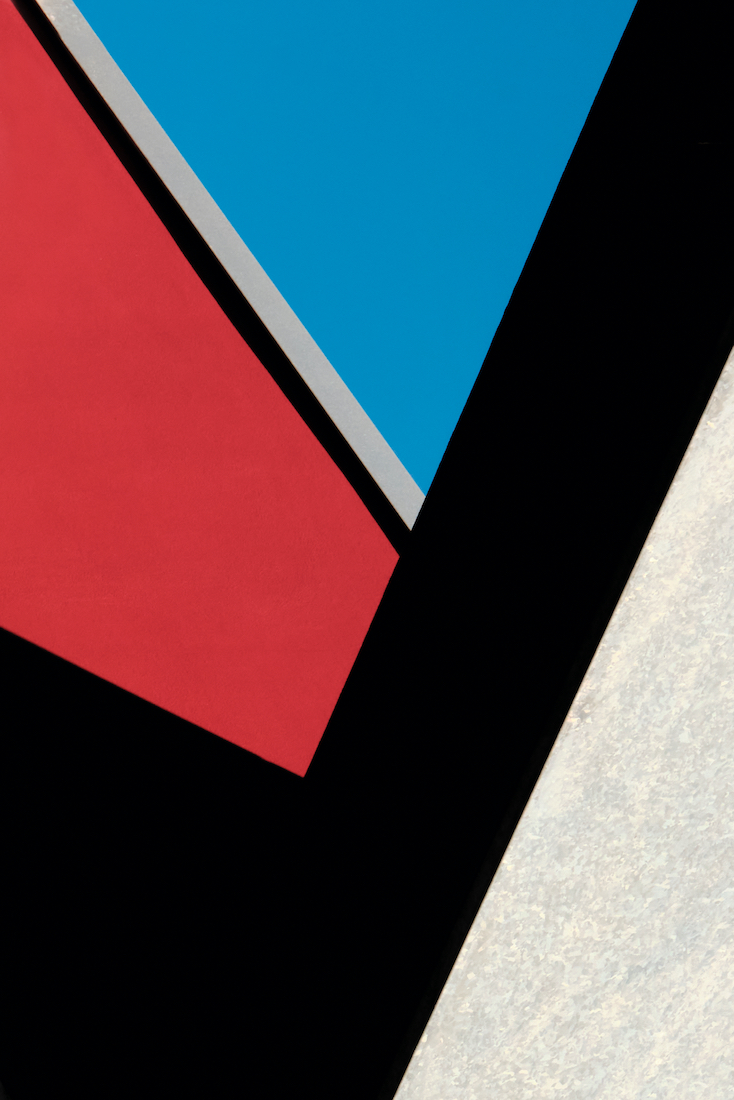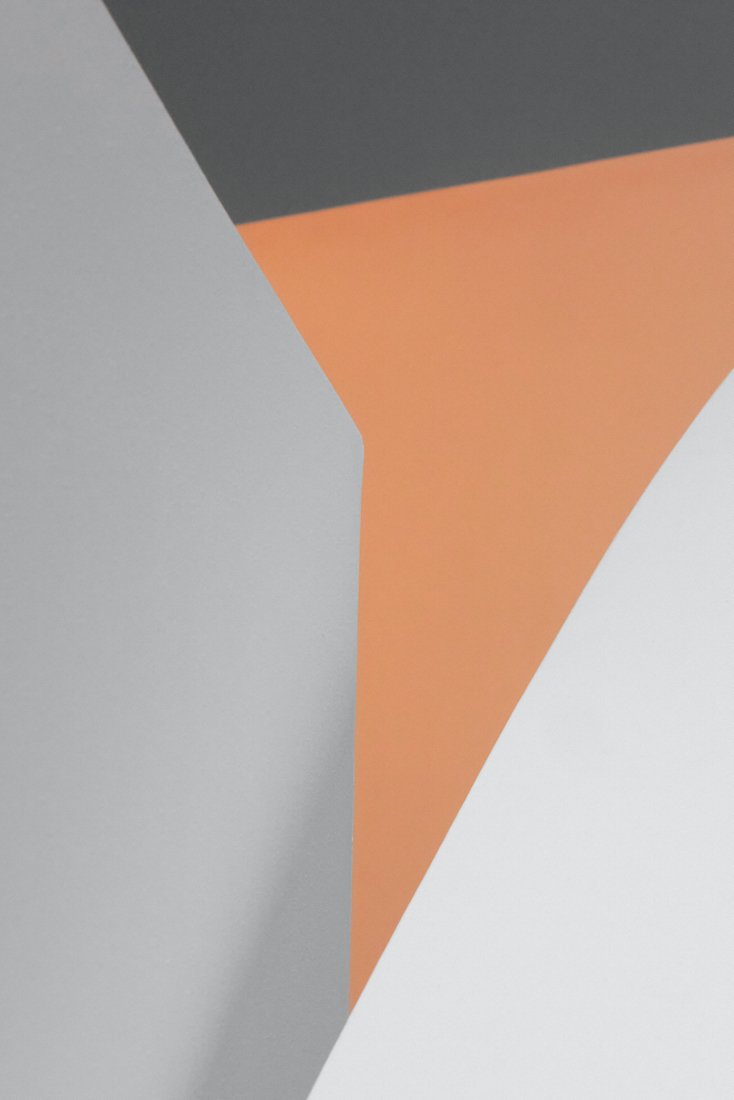In this series I playfully explore the moment of transition where three-dimensional architecture dissolves and abstracts into the two-dimensional. In my work I want to make the boundary between photography and painting permeable.
In this series I explore the way we see. At what point do our brains interpret something as three-dimensional? What optical reference points does this require? How do I reach the narrow range of "as well as"?
When the viewer loses orientation and can't tell for sure what they see, which parts of the image are in front, and which are behind, they experience a bit of how I sometimes lose my bearings in the world as a visually impaired person.
To achieve this effect, I photographically superimpose different parts of the urban landscapes like gas stations, shopping malls, bollards and so on. I often find my motifs on arterial roads, industrial areas or suburbs.
professional category
Loosing one dimension (Series)
DESCRIPTION
AUTHOR
Guido Klumpe
x
LIVE
Video: Ein Tag auf der Straße mit Guido Klumpe
Mute
00:00
00:00
German photographer Guido Klumpe’s work includes abstract, minimalist, and street photography. Born with a severe congenital visual impairment, he perceives the world differently. Guido sees cities as urban landscapes, landscapes consisting of shapes, colors, light and reflections. He uses perspective, a particular point of view, and the poetry of chance in the old tradition of street photography, to create his compositions. This way, he creates a “stage” in which passers-by act as protagonists. His work highlights the mystery and absurdity of urban spaces while simultaneously revealing its hidden beauty. In his work, he investigates how we perceive dimensionality and is particularly interested in the moment of transition, when by reducing the optical reference points, three-dimensional architecture dissolves into a two-dimensional plane, lending many of his images an almost painterly quality. Considerations that arise during this process include the importance of information that helps establish a distinction between the foreground and background, and the type and number of objects involved. Guido’s work has won numerous international awards, has been widely published, and is included in many solo and group exhibitions throughout Europe.
back to gallery



